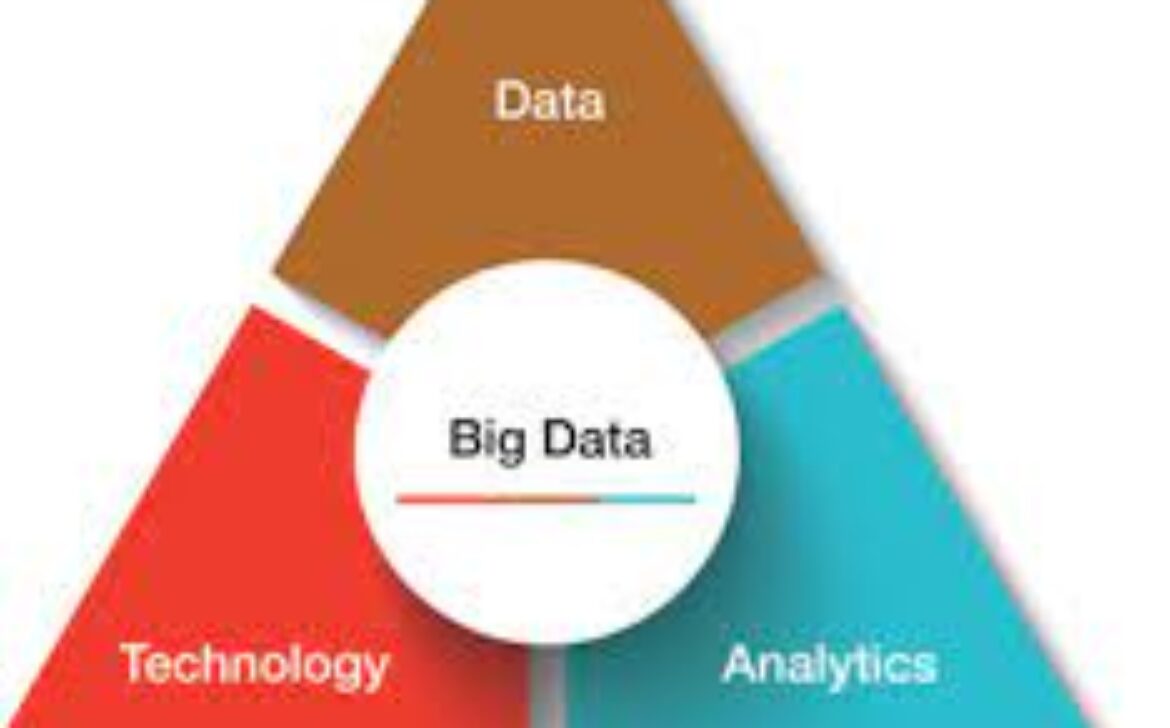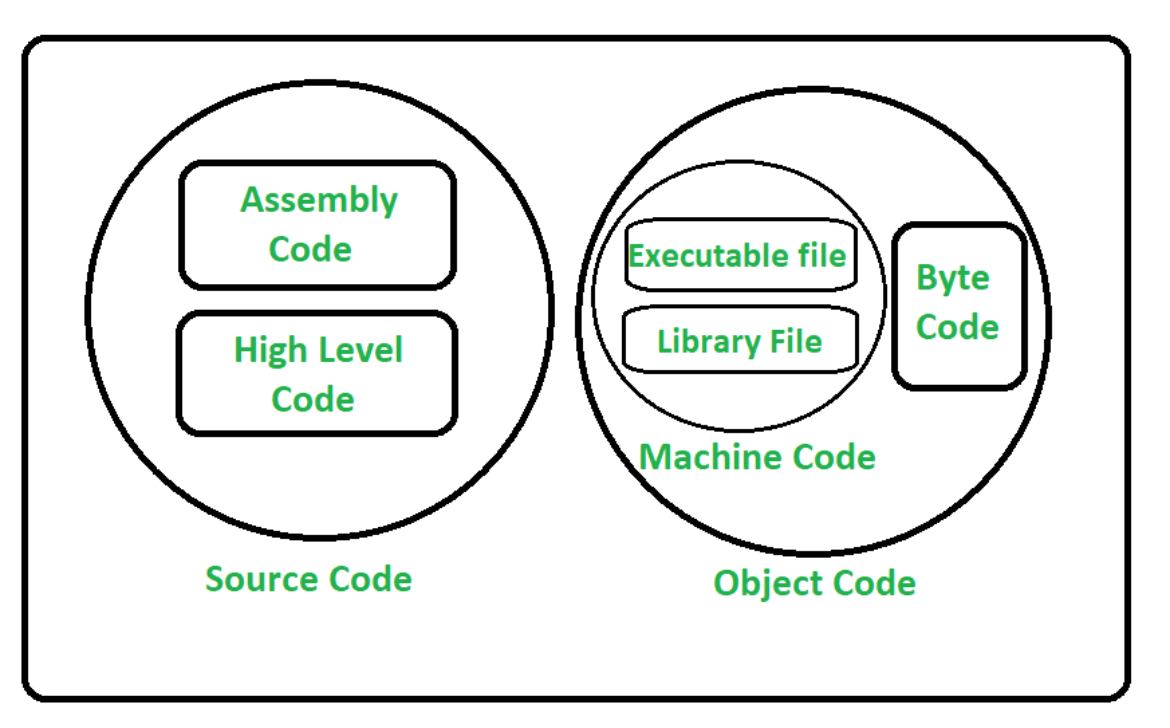Demystifying React JavaScript: A Comprehensive Introduction
Introduction
In the world of web development, React has emerged as a dominant force, revolutionizing the way dynamic user interfaces are created. Developed and maintained by Facebook, React is a JavaScript library that powers the building of interactive and responsive web applications. This blog aims to provide you with a comprehensive introduction to React JavaScript, shedding light on its core concepts, benefits, and its role in shaping modern web development.
- Understanding React JavaScript
React is a JavaScript library designed to build user interfaces by breaking them down into modular and reusable components. It focuses on building user interfaces for single-page applications (SPAs) and enhancing their performance.
- Component-Based Architecture
At the heart of React lies its component-based architecture. User interfaces are composed of individual components that can be reused and combined to create complex UI structures.
- Virtual DOM
React’s Virtual DOM is a game-changer. It’s a lightweight copy of the actual DOM that React uses to track changes. When updates occur, React calculates the difference between the Virtual DOM and the real DOM, optimizing rendering performance.
- JSX: JavaScript XML
React uses JSX, a syntax extension for JavaScript that allows developers to write HTML-like code within JavaScript. JSX simplifies the process of creating and manipulating UI elements.
- Unidirectional Data Flow
React enforces a unidirectional data flow, which means that data flows in a single direction, from parent components to child components. This ensures predictability and makes debugging easier.
- Reusability and Modularity
React’s component-based approach promotes reusability and modularity. Developers can create components once and use them across different parts of an application, enhancing development efficiency.
- Virtualization and Performance
By utilizing the Virtual DOM, React optimizes rendering performance. Only the components that need to be updated are re-rendered, minimizing unnecessary DOM manipulations.
- Declarative Syntax
React employs a declarative syntax, where developers describe what the UI should look like based on the current state of the application. This contrasts with imperative programming, making code more readable and maintainable.
- Ecosystem and Community
React boasts a thriving ecosystem of libraries, tools, and resources that enhance its capabilities. This active community continuously contributes to its growth and evolution.
- Integration with Other Technologies
React can be used in conjunction with other technologies, such as state management libraries like Redux, routing libraries like React Router, and various backend frameworks, making it versatile for different application architectures.
Conclusion
React JavaScript has transformed the landscape of web development, offering a powerful toolkit for creating dynamic and efficient user interfaces. Its component-based architecture, Virtual DOM, JSX syntax, and emphasis on performance optimization have earned it a significant place in modern development practices. Whether you’re a seasoned developer looking to enhance your skills or a newcomer eager to explore the possibilities of web development, React’ s intuitive concepts and extensive ecosystem make it an invaluable asset on your journey to crafting stunning, responsive, and interactive web applications.










